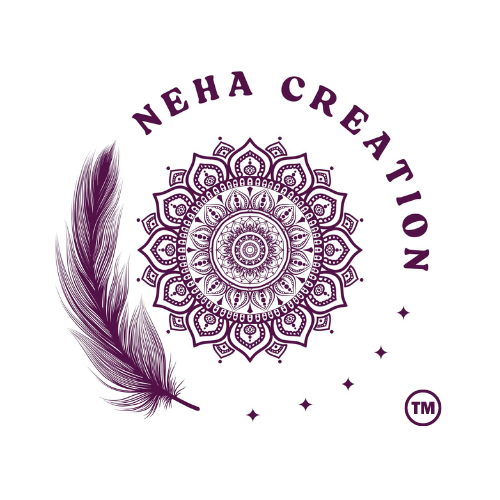In today's fast-paced corporate environment, employees often face stress, burnout, and emotional challenges. Integrating creative practices like mandala art into the workplace can offer a unique approach to enhancing emotional well-being and resilience. This article explores how mandalas can be utilized to express emotions, gain self-awareness, and build emotional resilience at work.
Understanding Mandalas
A mandala, derived from the Sanskrit word for "circle," is a geometric design that holds significant symbolic meaning in various cultures, representing unity, wholeness, and harmony. In therapeutic settings, creating mandalas serves as a tool for self-expression, mindfulness, and emotional healing.
Expressing Emotions Through Mandalas
Artistic expression provides a non-verbal outlet for individuals to convey complex emotions. Engaging in mandala creation allows employees to externalize feelings that might be challenging to articulate verbally, fostering a healthier emotional state.
Enhancing Self-Awareness
The process of designing a mandala encourages introspection. As individuals select colors, shapes, and patterns, they delve into their subconscious, uncovering thoughts and emotions that contribute to greater self-awareness. This heightened awareness can lead to improved emotional intelligence, benefiting interpersonal relationships in the workplace.
Building Emotional Resilience
Regular engagement with mandala art can enhance an individual's capacity to manage stress and adapt to challenges. The repetitive and focused nature of creating mandalas promotes relaxation and mindfulness, which are essential components of emotional resilience.
Implementing Mandala Practices in the Workplace
To incorporate mandala art into the corporate setting, consider the following strategies:
-
Workshops and Training Sessions: Organize sessions where employees can learn about mandala art and its benefits, providing hands-on experience in creating their own designs.
-
Dedicated Creative Spaces: Establish areas within the workplace equipped with art supplies, allowing employees to engage in mandala creation during breaks or designated times.
-
Integration into Wellness Programs: Include mandala art activities as part of broader employee wellness initiatives to promote mental health and well-being.
-
Digital Mandala Tools: Utilize online platforms and applications that offer virtual mandala creation, making the practice accessible even in remote work environments.
Case Studies and Success Stories
Several organizations have successfully integrated mandala art into their wellness programs, observing positive outcomes such as reduced stress levels and improved employee engagement. These case studies highlight the potential of creative practices in fostering a supportive work environment.
Conclusion
Incorporating mandala art into the workplace offers a creative and effective approach to enhancing emotional well-being, self-awareness, and resilience among employees. By embracing such practices, organizations can cultivate a more mindful, engaged, and emotionally balanced workforce.
Note: The information provided in this article is based on various sources and studies related to mandala art therapy and its applications in promoting mental health and well-being.



